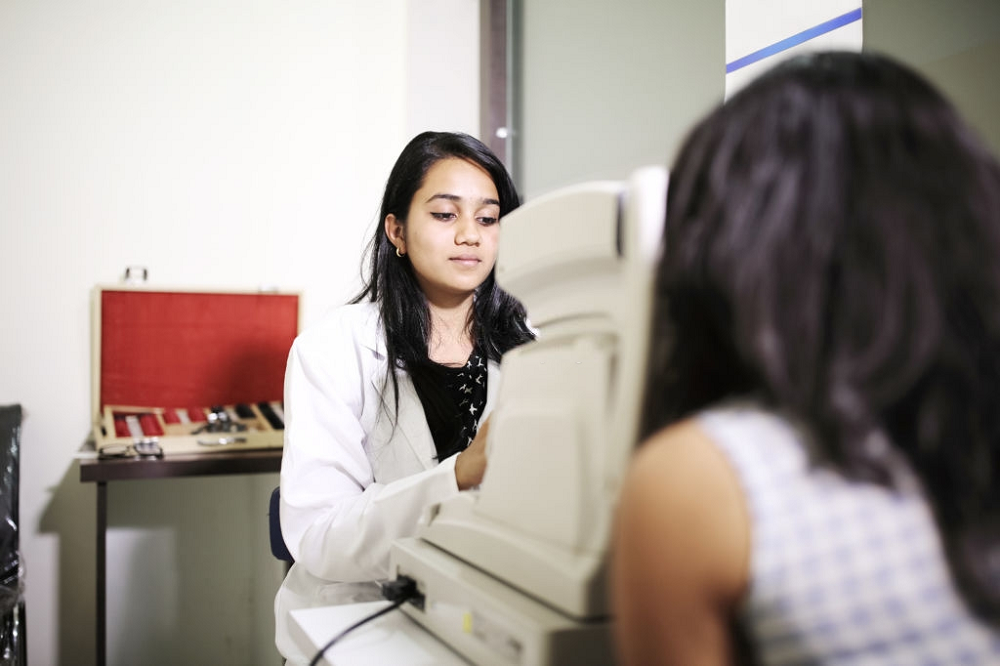Trachoma is one of the leading causes of preventable blindness worldwide. It is a contagious eye infection caused by the bacterium Chlamydia trachomatis, primarily affecting populations in underdeveloped regions with poor sanitation and limited access to clean water. This disease has serious implications for public health, making awareness of its causes, symptoms, and preventive measures crucial.

Causes of Trachoma
Trachoma is caused by repeated infections with Chlamydia trachomatis, a bacterium that spreads through direct or indirect contact with infected eye and nose secretions. The transmission occurs through:
- Close contact: Living in close quarters or touching the face or hands of someone with the infection.
- Shared items: Using towels, washcloths, or bedding that have been contaminated by an infected person.
- Flies: In areas with poor hygiene, flies can carry the bacteria from infected individuals to others by landing on their faces, especially around the eyes.
Environmental factors, such as overcrowding, lack of water for personal hygiene, and poor sanitation, contribute significantly to the spread of trachoma.
Symptoms of Trachoma
In its early stages, trachoma presents mild symptoms that may be confused with other eye infections. Common signs include:
- Mild itching or irritation of the eyes and eyelids.
- Discharge from the eyes that can be clear or cloudy.
- Swelling of the eyelids and a gritty sensation in the eyes.
- Sensitivity to light (photophobia).
- Redness of the eyes.
If left untreated, repeated infections can lead to chronic inflammation, causing the eyelashes to turn inward, a condition known as trichiasis. This inward turning of the eyelashes can scratch the cornea, leading to scarring, pain, and eventually, blindness.
Stages of Trachoma
Trachoma progresses through five distinct stages:
- Inflammation – Follicular: Early infection causes small bumps (follicles) on the inner surface of the upper eyelid.
- Inflammation – Intense: In this stage, the eyelid becomes swollen and highly inflamed, increasing the risk of transmitting the infection.
- Eyelid Scarring: Repeated infections cause the inside of the eyelid to become scarred, which may lead to further complications.
- Trichiasis: Scar tissue forces the eyelashes to turn inward, rubbing against the eye and potentially damaging the cornea.
- Corneal Opacity: This is the final stage, where corneal damage from repeated trauma leads to vision loss or blindness.
Prevention of Trachoma
The World Health Organization (WHO) has developed the SAFE strategy for trachoma control, focusing on four key areas:
- Surgery: For individuals suffering from trichiasis, surgery can prevent the inward-turning eyelashes from causing further corneal damage.
- Antibiotics: Mass administration of antibiotics, particularly azithromycin, helps to reduce the spread of the infection within communities.
- Facial cleanliness: Encouraging regular face washing to remove discharge from the eyes and nose reduces the spread of infection.
- Environmental improvement: Enhancing access to clean water, improving sanitation, and controlling fly populations can significantly lower the transmission rates.
Conclusion
Trachoma remains a significant public health challenge in many parts of the world, particularly in areas with poor hygiene and limited medical resources. However, with awareness, proper hygiene practices, and medical interventions, the spread of trachoma can be controlled, and blindness due to the disease can be prevented. Early diagnosis and treatment, along with sustained efforts in improving living conditions, are key to eradicating this blinding disease.
Leave a Reply